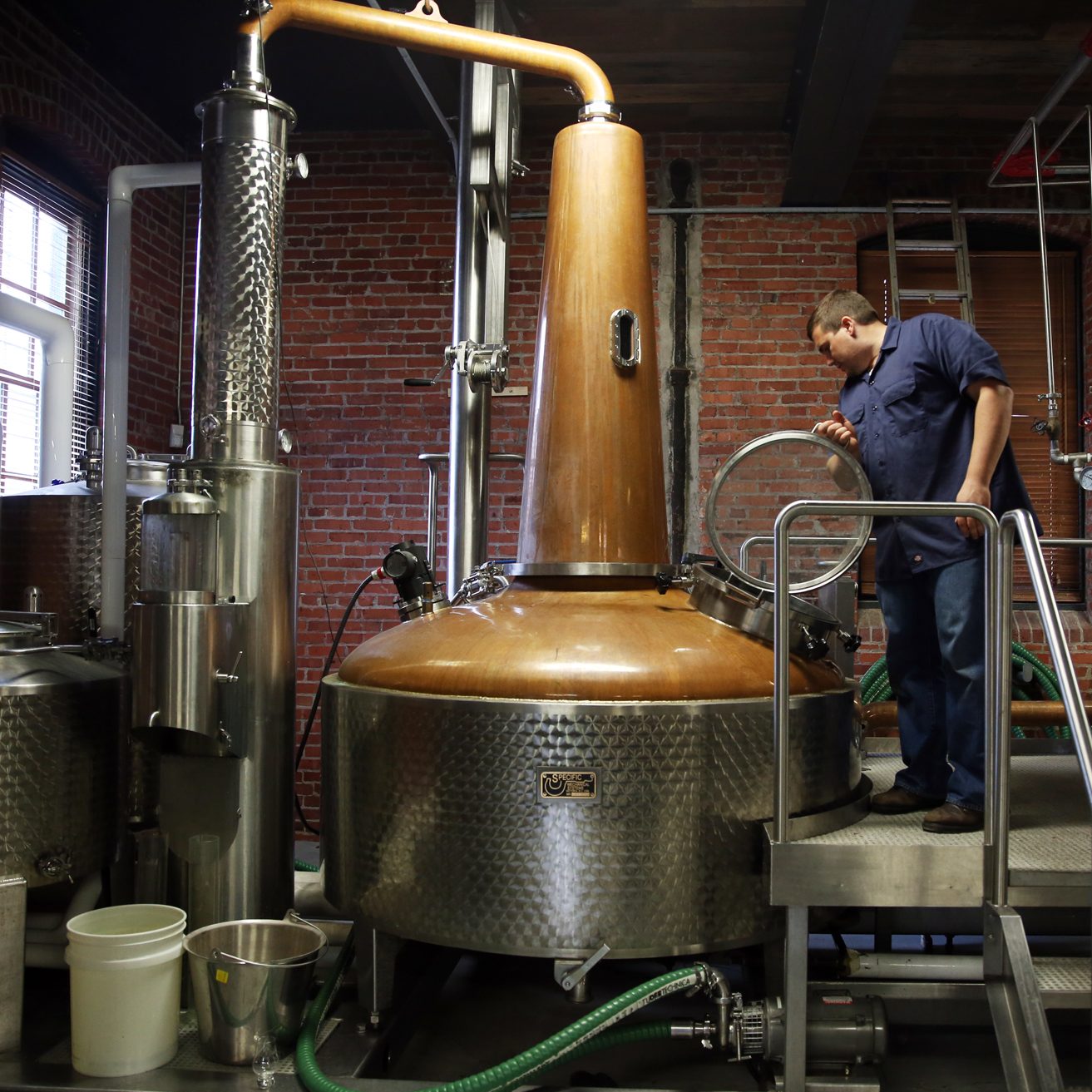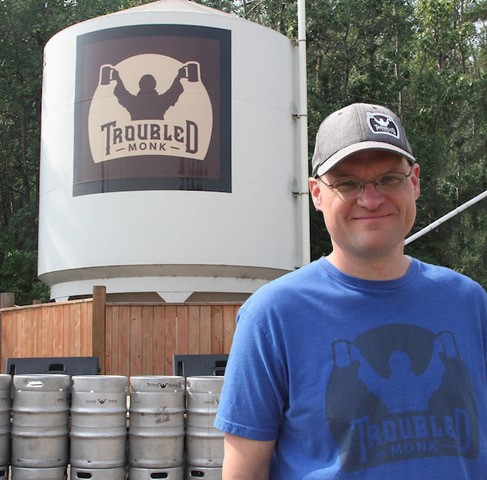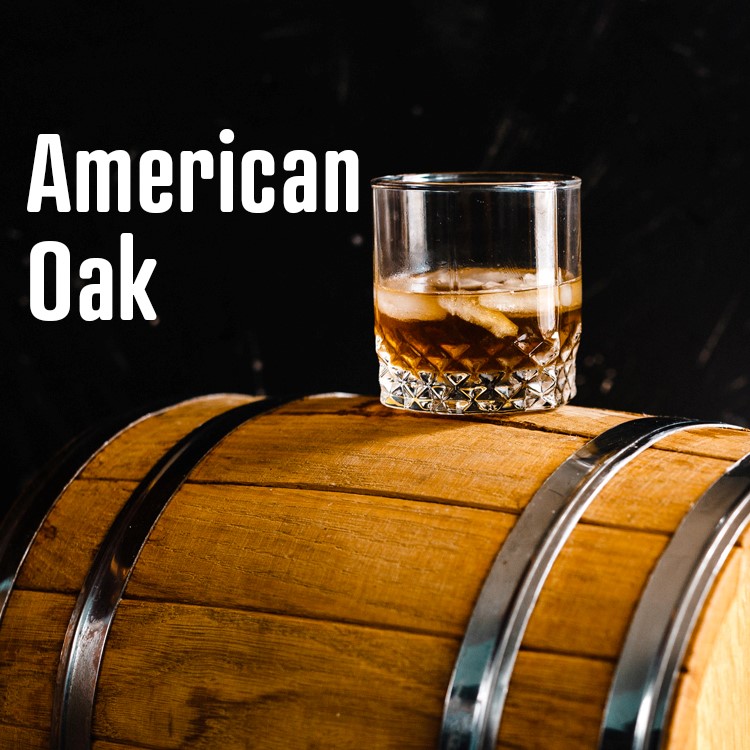The angle of the Lyne Arm in a still can have a significant impact on the resulting distillate, affecting its flavour, aroma, and overall quality. Distillers can adjust the angle of the Lyne Arm to influence the separation and concentration of different compounds during the distillation process. Here’s how the angle of the Lyne Arm can affect the distillate:
Heads, Hearts, and Tails Separation: Distillation involves separating the different components of the distillate, (“heads,” “hearts,” and “tails”). The heads contain volatile compounds that can be undesirable, such as methanol and acetone. The hearts are the desired portion, rich in ethanol (alcohol), while the tails contain heavier compounds. The angle of the Lyne Arm can influence the separation of these components.
A steeper angle (a more upward-facing Lyne Arm) tends to promote the collection of lighter, more volatile compounds, including some of the heads. This can lead to a cleaner and purer hearts cut but may result in a milder flavour profile.
A shallower angle (a more horizontal or downward-facing Lyne Arm) can encourage the collection of heavier compounds, including some of the tails. This can result in a fuller-bodied distillate with more complex flavours but may require more careful separation to avoid undesirable elements.
Efficiency: The angle of the Lyne Arm can also affect the efficiency of the distillation process. A steeper angle can allow for a faster distillation but may require more careful cuts to separate the heads and tails from the hearts. A shallower angle can slow down the process but may provide better control over the separation of compounds.
Aroma: The angle of the Lyne Arm can influence the aroma of the distillate. A steeper angle may result in a more subtle and delicate aroma, while a shallower angle can produce a more pronounced and complex bouquet.
It’s important to note that the exact impact of the Lyne Arm angle can vary depending on other factors, such as the type of still, the distillation temperature, and the specific recipe or ingredients being used. Distillers often experiment with different angles to fine-tune their distillation process and achieve the desired flavour profile and quality for their spirits. The choice of Lyne Arm angle is just one of many factors that skilled distillers consider when crafting their products.






